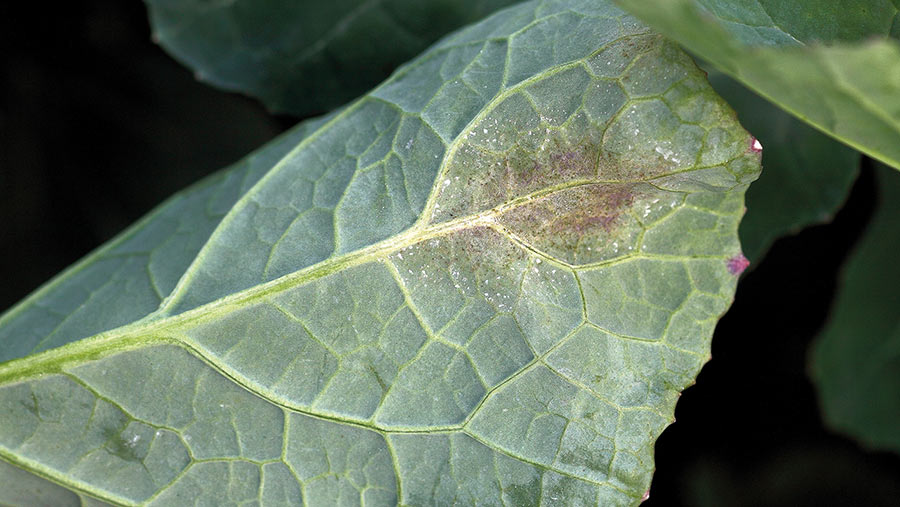Cereals 2022: New light leaf spot detection test for OSR
 © Blackthorn Arable
© Blackthorn Arable A new rapid disease test, capable of detecting light leaf spot in oilseed rape crops before symptoms are visible, will be available to farmers this September, helping them to tailor treatments for more effective fungicide use.
Developed by biotechnology company Microgenetics, the rapeseed SwiftDetect uses the same testing method as the company’s septoria leaf test launched last year.
The process involves taking 10 rapeseed leaf samples and posting them to a lab, where infection level results are returned using a traffic-light system as soon as 24 hours later.
See also: Cereals 2022: Manage OSR risk with top-yielding variety
The lab analysis has high sensitivity, capable of identifying specific pathogen cells within the latent period to help prevent disease spread before visible signs emerge.
With resistance to azoles building and the number of other products in decline, the technology provides farmers with data to make informed farm decisions.
“The technology offers many benefits to agronomists and growers, giving them the information to tailor fungicide regimes to specific levels of crop disease,” explained Chris Steele, crop diagnostic product manager at Microgenetics.
A test costs £70/sample and Mr Steele recommended taking three tests throughout the season:
- At the start of the season to get a feel of current disease levels
- During October and November
- In January.
Next, the company plans to develop tests for phoma and sclerotinia in oilseed rape, and further tests for rynchosporium and net blotch in barley.

